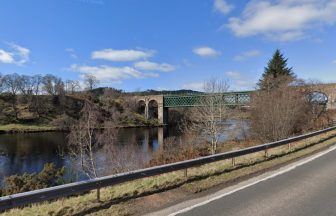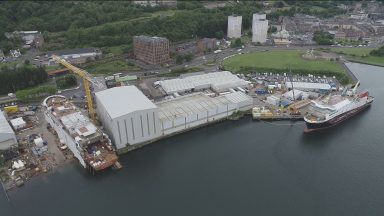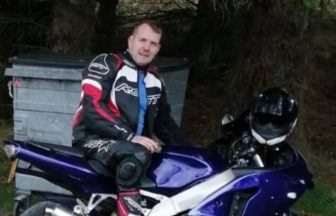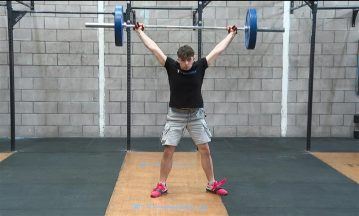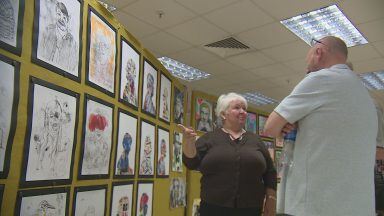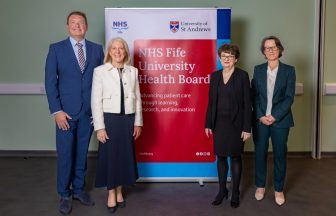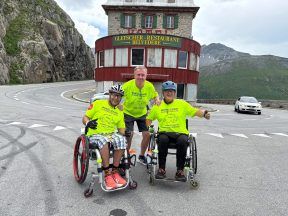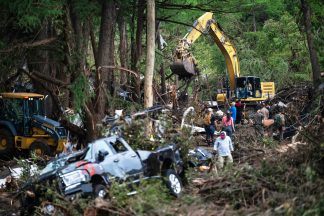Environmental researchers have warned that the agricultural industry needs to adapt to “a new era of farming.”
The James Hutton Institute near Dundee has hosted its latest annual event ‘Arable Scotland’, aimed at showing how technology can help farmers.
Among the demonstrations included an autonomous tractor, able to plough fields without the need of a driver, allowing farmers to monitor the device remotely.
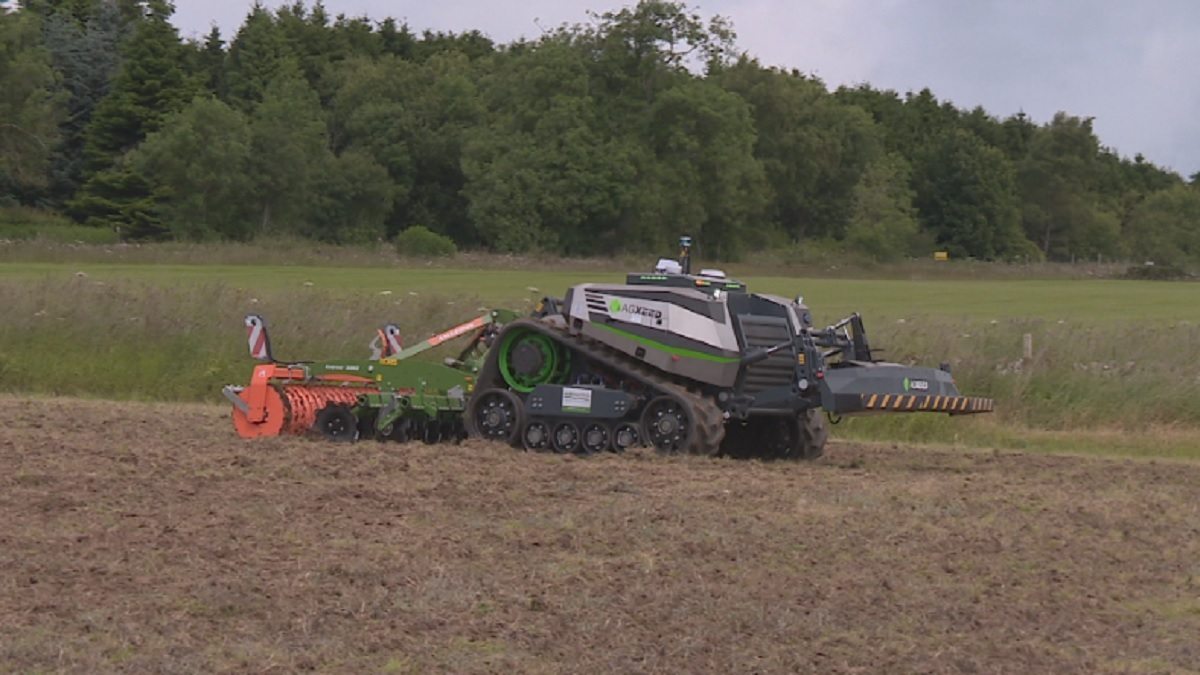
“It uses the latest GPS technology to automatically do all of the operations any normal tractor would do in this field area,” said Euan Caldwell, Head of Farming at the James Hutton Institute.
“There’s also a fantastic opportunity here to work longer, later hours.
“Possibly 24 hours a day, picking and making best use of the small windows we often get to do some of our field operations.”
The event was part of a drive to make the farming sector more resilient to climate change.
“We recognise farming is already having to change and adapt,” said Alison Karley, an agroecologist at the centre.
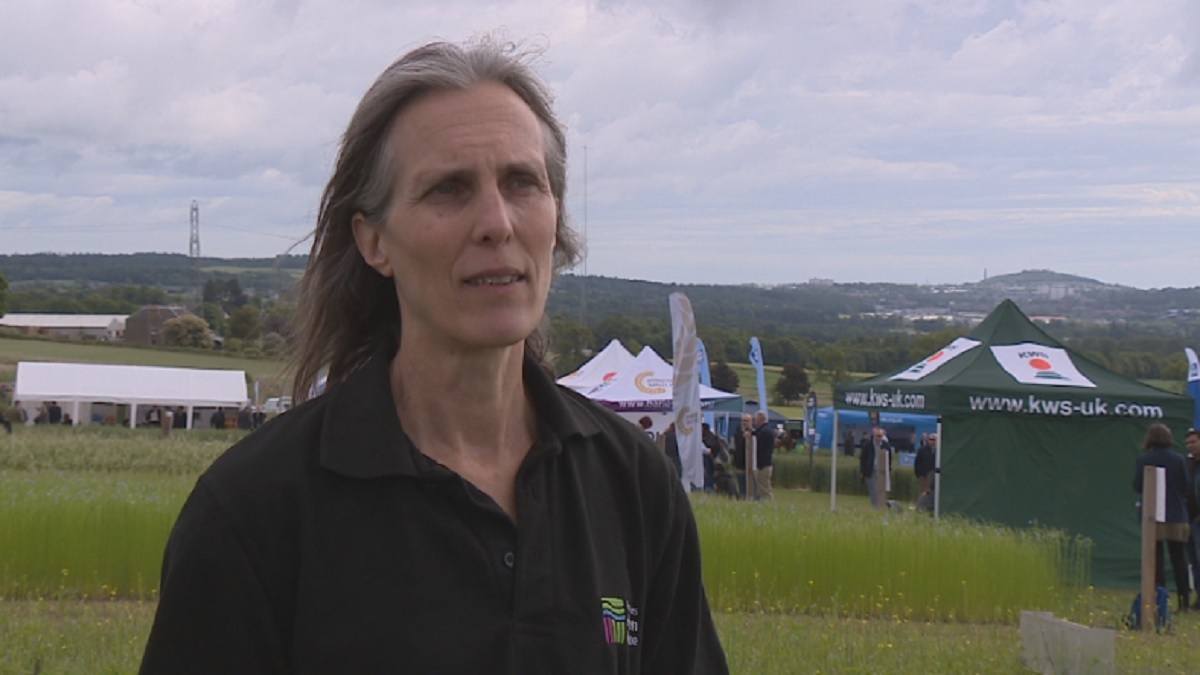
“But there are new things on the horizon, we must think ahead to what the future holds and what we can do to make arable farming resilient to those changes.
“Our farming future is entering a new era, with a variety of factors changing the outlook of the arable sector.
“Agriculture is already having to cope with climatic shifts, while at the same time trying to reduce its environmental impact, its contributions to further climate change, and still turning a profit.”
With new inventions, often comes new costs for farmers to try and meet.
“We have a huge range of technologies which are here, some are certainly out of reach of my pocket but great things that people can implement,” said Elizabeth Massie, a farmer from East Lothian.
“For example the crop plots behind us, diverse cover crops, just looking at what is possible in Scotland.”
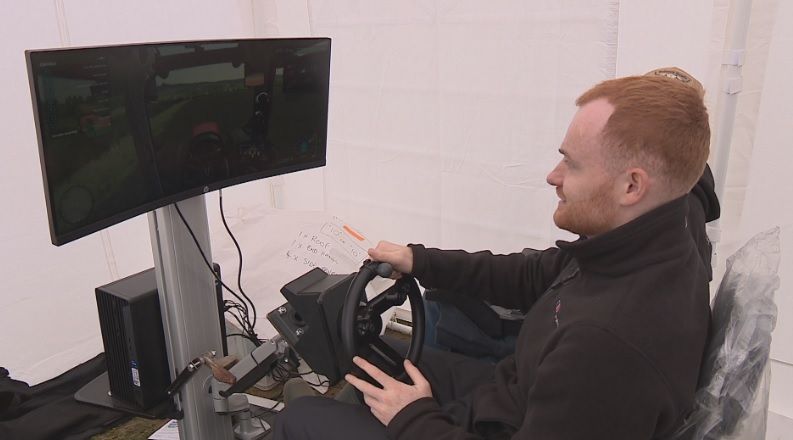
In a bid to attract people who are unable to attend the event in person, researchers have turned the event’s farm into a virtual simulation, allowing people to find out about various farming practices through the medium of gaming.
“With field events like this it’s great to get people on site but we can only get around a couple hundred people at a time,” Andrew Christie, an Agronomist at the James Hutton Institute
“The idea of a simulator with a virtual environment, the research farm is on a map as a digital twin.
“We can get our research outcomes communicated to a wider audience. We’re taking Balruddery farm to the rest of the world.”
Follow STV News on WhatsApp
Scan the QR code on your mobile device for all the latest news from around the country





